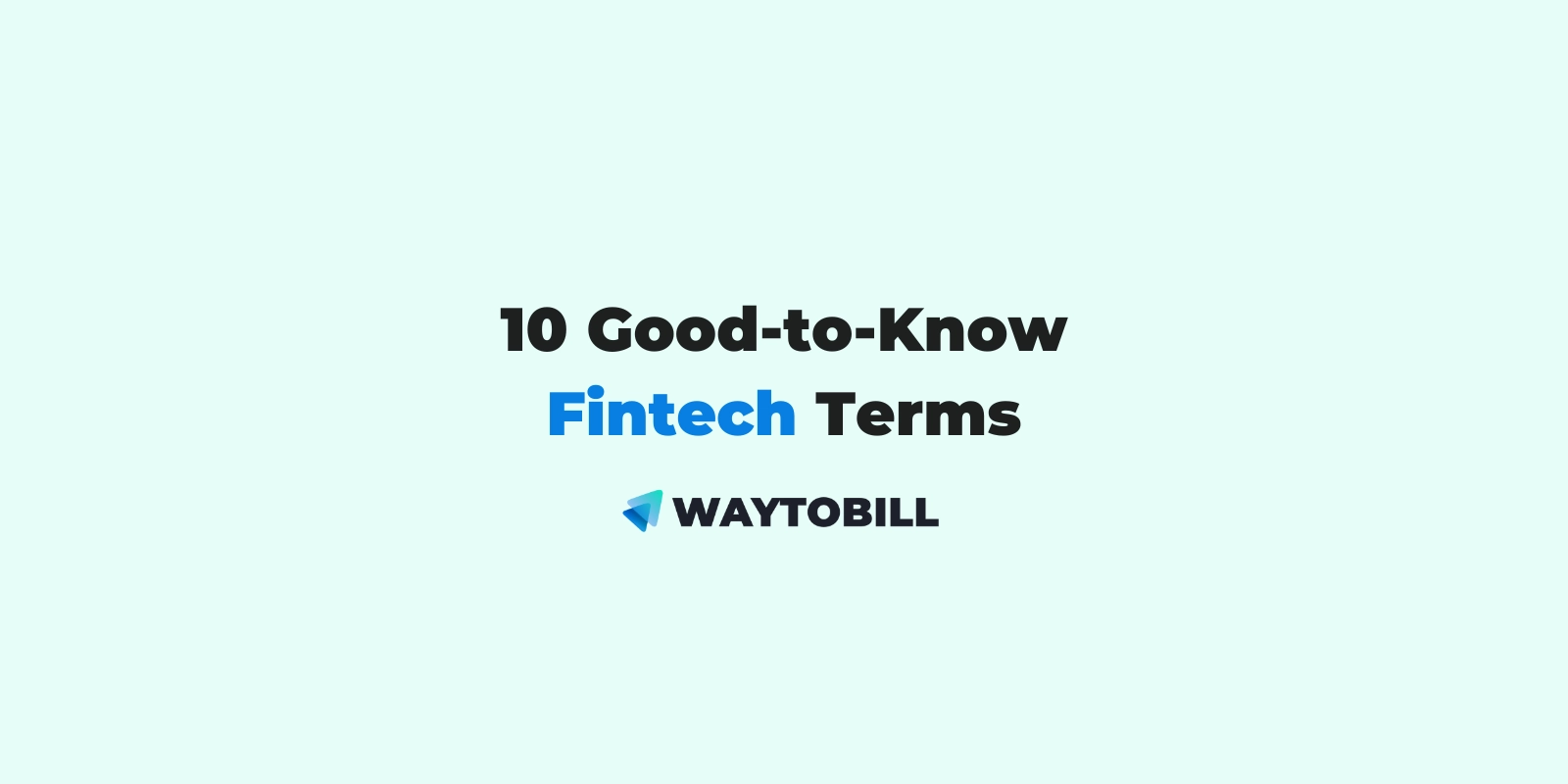Are you interested in the fintech industry but feel a bit lost in the jungle of unfamiliar terms? Don’t worry, you’ve come to the right place. Below we take a look at 10 important fintech terms, discover their meaning and learn what fintech really means. By the end of this post, you'll have a better understanding of the fintech sector!
-
API
-
AI
-
Big Data
-
Blockchain
-
Crowdfunding
-
Financial Inclusion
-
KYC
-
PSD2
-
Regtech
-
3D-Secure
What is fintech?
Fintech, short for financial technology, describes new technology that is used to improve and automate the use and delivery of financial services, often aiming to replace or enhance existing technology. There is a variety of different-sized businesses in the fintech sector, with small startup companies as well as well-established financial companies.
The fintech industry is continuously growing in popularity and is here to stay. However, the fintech industry is known for its tricky lingo that can be difficult to keep up with when you’re new to the scene.
In this blog post, we take a look at the 10 most used fintech terms that everyone should know. Let's take a look!
10 good-to-know fintech terms
1. What is API?
An API (Application Programming Interface) is a software interface that allows two applications to communicate and leverage each other’s data and capabilities via a documented interface. An API acts as an intermediary between the web server and the application to process data between the systems.
For example, payment processing companies have APIs that help developers integrate new apps with them. For instance, you can use PayPal to pay for your online shopping thanks to a fintech API.
2. What is AI?
AI (Artificial intelligence) can be described as an imitation of human intelligence but displayed in machines and computer systems instead of in actual human beings. In fintech, AI can be used to automate customer support, improve fraud detection or help companies stay in touch with customers.
3. What is Big Data?
Big data are larger and more complex sets of data, which makes it hard for traditional data processing software to analyse. Examples of big data are the stock exchange, social media, and live road mapping. When it comes to fintech, big data can be used by banking apps to help personalise notifications, among other things.
4. What is Blockchain?
Blockchain technology is a secure and transparent system to record information in a way that makes it complicated or impossible to change or hack. It’s a method to secure data between transactions because the information from the previous one is used to secure the next one. So any alteration in the original transaction will be detected through a simple security validation. For example, blockchain technology allows people to make online bank transfers without the need of visiting a bank branch.
5. What is Crowdfunding?
Crowdfunding is a way for businesses, charities, and people to raise capital. This funding is characterised by a high number of investors providing smaller amounts of money rather than a few people investing large sums. It is common to create a campaign for your crowdfunding, making it possible for anyone to contribute.
6. What is Financial Inclusion?
Financial inclusion is the equality and availability of different financial services like banking, insurance, loan, equity etc. no matter what gender, nationality or socioeconomic background you come from. Its focus includes, for example, providing financial services to those who are economically underprivileged and minimizing the gender gap in account ownership.
7. What is KYC?
KYC (Know Your Customer) is a business standard within financial services that involve the company confirming the customer’s identity, suitability and risk regarding the maintenance of a business relationship. These are used to avoid and minimise the risk of potential fraud, money laundering, corruption and terrorist financing.
8. What is PSD2?
PSD2 (Payment Service Directive 2) is a regulation for electronic payment services in Europe. Its purpose is to make payment service providers improve their processes for customer authentication and take in more regulations regarding the involvement of third-party actors. This regulation also makes it possible for these third-party actors, most often fintech companies, to access bank data. As a result, they’re able to deliver their product or service in a better and more secure way.
9. What is Regtech?
Regtech (Regulatory Technology) focuses on delivering regulatory requirements in the financial industry in a more efficient and effective way. The main tasks include regulatory reporting, monitoring, and compliance.
10. What is 3D-secure?
3D-secure is a three-domain protocol that acts as a security layer for online credit and debit card payments. The three domains are the merchant, the 3D infrastructure platform, and the card issuer. With this 3D secure authentication, you’ll be asked by your bank to verify the transaction before it’s accepted as an extra layer of protection.
Hopefully, after reading this, you feel that your knowledge base regarding the fintech jungle has increased a bit. If you want to dive deeper into the fintech industry feel free to check out our website and learn more about our innovative telesales checkout solution.
